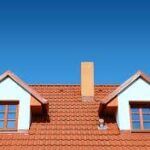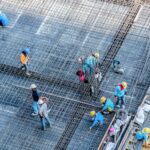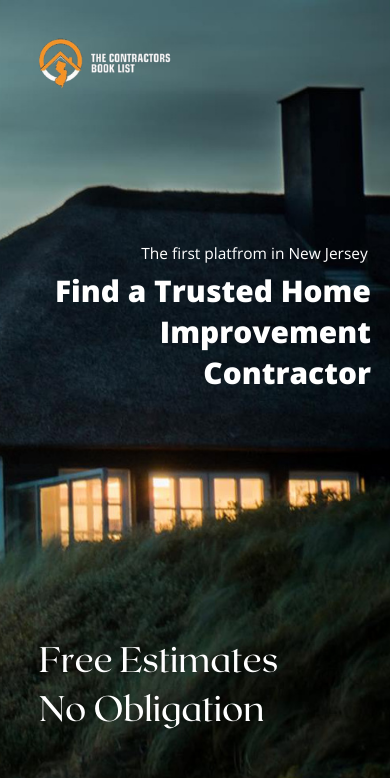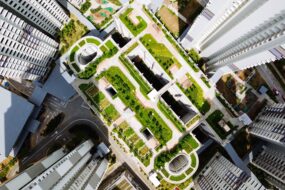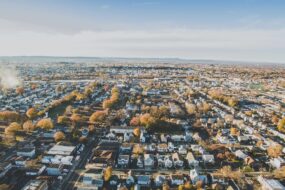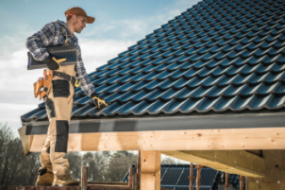Chimney service specialists see a wide range of problems with the chimneys they service. Here are five typical chimney hazards and what you can do to avoid them.
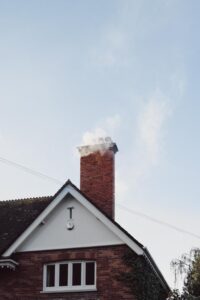
1. Chimney liner damage
A cracked or broken chimney liner is a serious risk to the safety of people in your home and to the chimney structure and the home itself.
Clay tile, steel, and cast-in-place liners all can suffer damage over time.
Compromises to the liner allow the intense heat of fireplace fires to come into contact with the chimney’s interior masonry and cause the bricks and mortar to erode. Breaks in the liner also can send smoke and toxic gases such as carbon monoxide into your home.
Solution: Have your chimney professionally inspected once a year and immediately following a chimney fire.
2. Creosote in the flue
Creosote is a flammable compound formed when smoke condenses in the chimney flue. The more creosote, the more likelihood of a destructive chimney fire.
Large, roaring fires can destroy the chimney and parts of the home. But even smaller chimney fires can begin to eat away at the chimney liner and cause damage to the interior bricks.
Solution: Schedule annual chimney cleaning and creosote removal with a CSIA-certified chimney sweep.
3. Flue obstructions
Chimney flues are sized to efficiently draft the fireplaces they’re connected to. When a flue is narrowed by obstructions such as tree debris, small-animal nests, and dead small animals, drafting will be compromised.
Smoke backing up into your home is not a pleasant experience; worse is the carbon monoxide contained in smoke,which is invisible and odorless, and it is known to be potentially fatal to humans and animals.
Solution: Prevent obstructions by installing a custom full-width chimney cap. Remove obstructions with the services of a certified chimney sweep.
4. Leaky chimney
If your chimney has a leak, extensive water damage is likely to happen eventually. Leaks can start because of damage to the chimney masonry, the chimney crown, the chimney cap, and the roof flashing.
Common signs of a chimney leak include:
- Water in the firebox
- Musty odors coming from the fireplace
- White staining on the exterior masonry
- Dampness on walls or the ceiling near the fireplace/chimney
Solution: Arrange for your chimney to be inspected before the necessary repairs.
5. Mold development
Mold thrives in confined, warm, and damp environments, so chimney flues are perfect sites for it to develop. Even if you can’t see mold, its spores can be harmful to your health.
Mold development may be reduced by brushing the chimney once a year. In the case of a severe outbreak, contact a mold cleanup professional.
As you can see, being vigilant about chimney upkeep, cleaning, and repairs is the key to dealing with these frequent chimney hazards.


